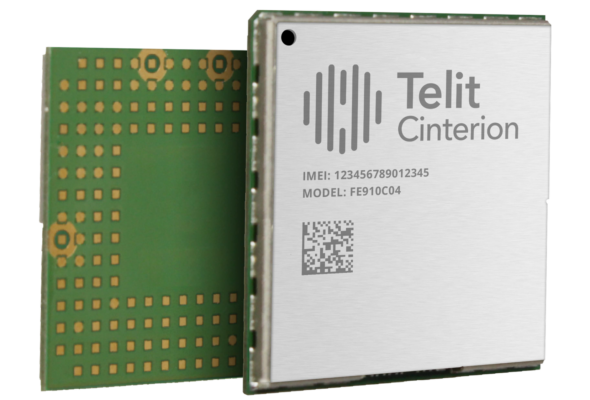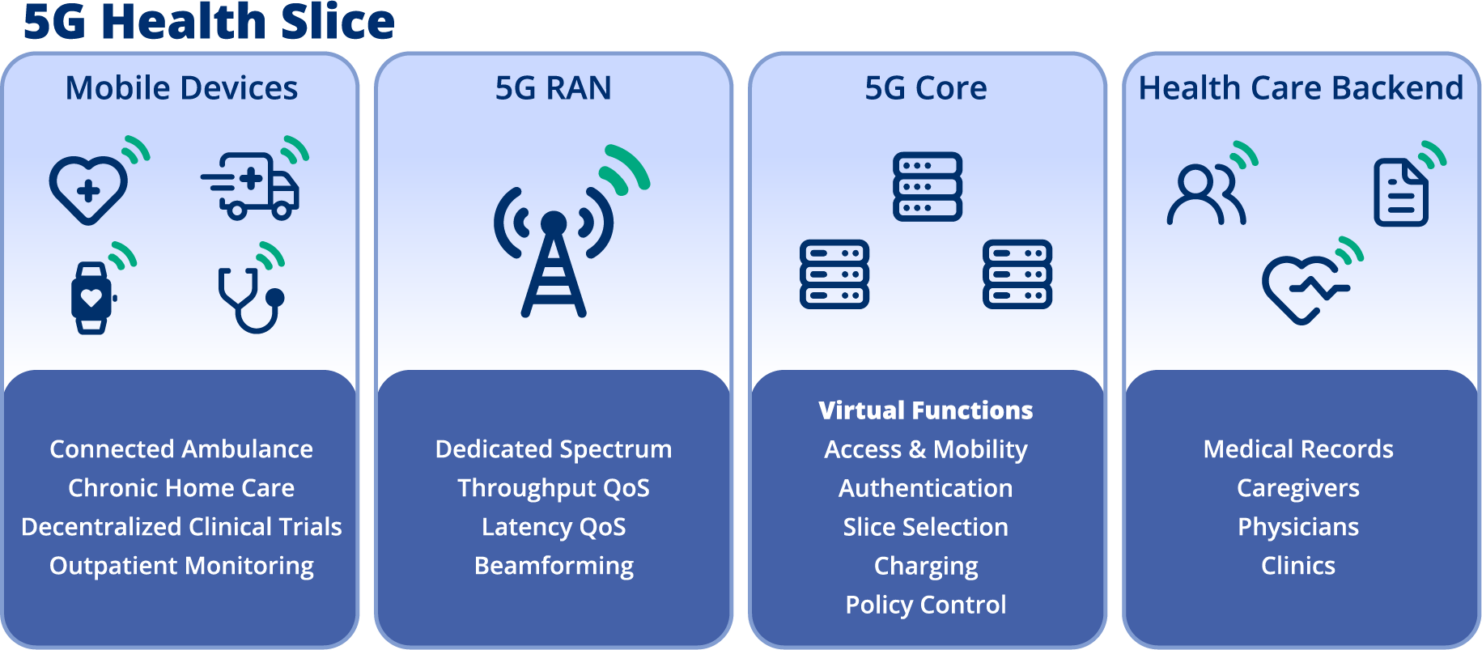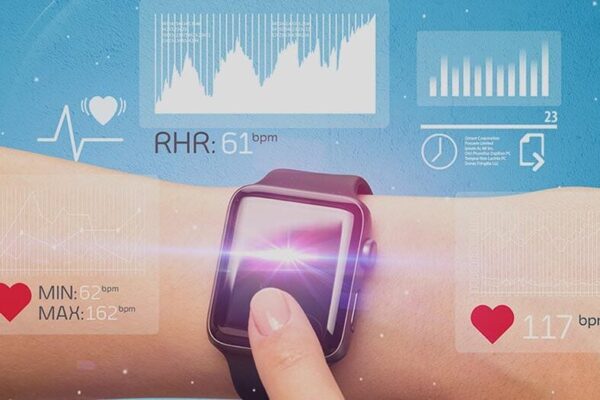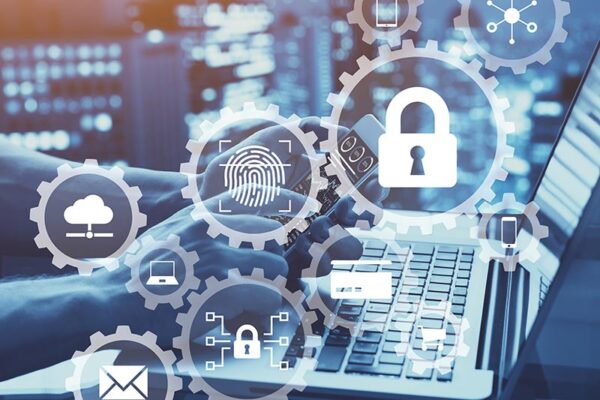How 5G Is Reshaping Connected Health Care: A Guide
By Greg Oppenheim
February 27, 2025
Estimated reading time: 13 minutes
Modern health care is evolving toward a model focused on virtual and remote patient care. As people integrate connected technology into their lives, they expect connected health care services.
5G networks and solutions are driving this transformation. Telehealth, robotic surgery and 5G-enabled wearable medical devices have all seen significant adoption.

These innovations enable real-time data transfer and remote patient monitoring. Markets and Markets projects that global 5G revenue in health care will reach $3.67 billion by 2026.
Internet of Things (IoT) health care solutions are improving access to medical resources. They provide faster, more reliable communication between providers and patients. Connected medical devices that use 5G and mobile broadband enable seamless communication anytime and anywhere.
5G is evolving in response to emerging challenges and technologies. As a result, significant gains have been made in enabling advanced 5G-powered services.
For example, 5G reduced capability (RedCap) technology future-proofs the evolving Internet of Medical Things (IoMT). It bridges the gap between 4G Long-Term Evolution (LTE) and 5G.
5G network slicing is enabling a real-time connected health care system. Through dedicated 5G network slices, complex patient services can be managed securely. In addition, the network can be adjusted to meet patients’ and providers’ needs.
This guide will share the latest advanced 5G features and their importance to connected health care. Read on to stay informed about 5G’s advancements and the future of connected health care to make better, more timely decisions.

A Medical Device Innovation Consortium (MDIC) study showed that wireless technologies (specifically 5G) accelerate remote health care delivery. As treatment moves closer to home, health care costs are reduced, and patients are more satisfied.
5G does much more than increase network speeds and improve battery life. Its advancements deliver emerging technologies to enhance the health care system and care delivery.
Applications include augmented and virtual reality (AR and VR) for remote surgery. They also cover real-time remote treatment and patient monitoring. In emergencies, 5G-enabled ambulances help paramedics make better decisions. They can securely access medical records in real time to save lives.
In the past, companies had to choose between 5G high-speed mobile broadband devices or extremely low-bandwidth devices. RedCap is also known as a light version of the 5G standard or New Radio (NR)-Light. It fills the gap with a mid-range solution.
RedCap is ideal for applications that don’t need extreme speed or minimal delay. Still, they require sufficient data transfer rates to maintain continuous information flow and end-to-end security.
5G RedCap provides a smoother transition and more flexibility than 4G LTE. It also offers 5G’s full security. 4G is expected to begin phasing out by 2030. Most cellular IoT devices will migrate to 5G networks to accommodate new standards.

Telit Cinterion released first-generation RedCap IoT modules. These modules leverage the Snapdragon® X35 5G Modem-RF System. RedCap uses fewer 5G NR capabilities to balance features, power consumption and cost.
With worldwide coverage, customers can experience a smooth transition from mid-speed LTE to affordable 5G technology. These modules have a global footprint and an optional eSIM for seamless 5G connectivity in different countries or regions. 5G’s flexible infrastructure enables clients to adopt the latest innovations as needed.
IoT applications are undergoing continuous advancements. Telit Cinterion provides flexible, future-proof RedCap modules that focus on three main areas:
One of the biggest use cases for 5G RedCap is wearable medical devices. A patient wears a device that reads and monitors their vital signs, such as a glucose monitor. The data is transmitted in real time to their health care provider. These devices require affordable, mid-speed throughput with guaranteed longevity.
As connected health care becomes more complex, managing the network is critical for success. That’s where 5G network slicing comes into play. It is a key advantage of 5G technology, especially for health care services. 5G network slicing ensures guaranteed quality of service for each mobile user.
5G network slicing is created on a public 5G network divided into multiple virtual networks known as slices. Each end-to-end virtual slice can be customized. It can be dedicated to providing specific resources for the device, application or operator’s needs.
Patients and caregivers in critical care situations need flexibility and speed. Resources are distributed on demand to select network segments based on priorities and congestion.
5G network slicing takes advantage of private 5G’s structure and security. However, it isn’t bound to a specific geography. Organizations benefit from this ability to adapt, saving time and money while achieving better outcomes, especially in medical emergencies.
With 5G network slicing, mobile network operators can offer once-unattainable capabilities. A real-world example is using 5G-connected drones to deliver medical supplies in remote areas or during natural disasters. These scenarios showcase situations in which human intervention alone would be impossible.
By 2028, the 5G network slicing market will reach $5.3 billion globally. Collaborating among system integrators, vendors and carriers is imperative to ensure success with 5G network slicing.

The 5G health slice is divided into four slices to accommodate the entire health care ecosystem. Resources in each slice are prioritized and distributed based on need.
Mobile devices are applications that require resources.

In emergencies, first responders can use tablets and other mobile devices. They can use these devices to transfer and receive medical files while in transit.
Mobile devices can deliver dependable, secure long-term care services to patients with chronic conditions in their homes.
For DCTs, IoT-enabled devices can ensure that pharmaceuticals can authenticate real-time vital sign data from trial participants.
Mobile health care devices enable remote monitoring and management of patient care.
5G-enabled AR and VR headsets enable specialists to guide remote procedures or control operation robots. Connected operating rooms can also accelerate physician training.
Telemedicine enables patients to communicate with providers via video calls, text messages and email in any physical location.

Here is an example of 5G network slicing for connected ambulances in an emergency. Let’s say a mass accident occurred, requiring multiple ambulances and drones for blood delivery.
The operator can quickly set up a network slice for emergency services. This slice gives them priority access to network resources. The prioritized slice securely supports:
Non-essential traffic (e.g., streaming services) is deprioritized or limited to basic text communications. The network can quickly reallocate resources from regular users to emergency services. This ensures that important communications have security and enough bandwidth. It also provides low latency for quick and flexible responses, which can save lives.
The 5G RAN is the complete infrastructure for 5G radio access. It includes 5G New Radio (NR) — the physical connections, supporting software and components like antennas. In connected health, RAN enables next-generation applications like video surveillance and smart wearable products.

Dedicated spectrum gives a specific user or application exclusive access to certain frequency bands rather than sharing them with the public. This is critical for applications in connected health care where uninterrupted and reliable connectivity is essential.
Prioritize traffic and manage the bandwidth to improve the control and throughput of critical health care data.
Classifying traffic to prioritize latency-sensitive data.
Beamforming is a network structure for 5G. It focuses and directs wireless signals like a targeted beam rather than sending signals in many directions at once. Beamforming eliminates cellular signals easily blocked by objects and weakened over longer distances.
5G core focuses on virtual functions on the mobile operator side. It offers a flexible, efficient way to monitor, control and delegate permissions. Moreover, it enhances operational efficiency and security.

Access and mobility manage how devices access and move within the network.
Authentication enables the identities of users and devices that access the network to be verified.
Slice selection determines which network slice a device or service should use. It’s based on the devices, functions and defining priorities to scale the network resources accordingly.
Charging refers to billing for network usage.
Policy control manages who can access the network, devices and specific features.
An SLA is an agreement between all stakeholders that documents 5G network performance and communication details.
The health care backend comprises health information system (HIS) components that support health care delivery and management.

These are facilities where medical services are provided.
This comprises protocols that ensure patient data remains confidential and secure.
EMR systems enable the secure storage and management of patient health information.
Caregivers are those providing direct patient care.
These medical doctors are responsible for diagnosing, treating and managing patient health.
5G network slicing in health care opens opportunities for customized solutions and new revenue streams. However, it also introduces challenges.
Managing a network with multiple slices is more complicated than a traditional network. In addition, more entry points increase security risks to address.
If implemented properly, isolating traffic can enhance security for sensitive data. Careful collaboration must be established between the vendors and the organization to manage a complex environment.

Data security is essential but can be complex, and the number of reported incidents is climbing. Health-ISAC and the American Hospital Association (AHA) says 65.96% of cyberthreats reported over the last 10.5 years were made in the last three years. This leaves ransom attacks a top concern for health care organizations, regardless of budget.
5G security is built-in by design, offering improvements over 4G networks. Since it is software- and cloud-based, monitoring potential security risks is easier.
However, there are also vulnerabilities with virtual networks. Careful consideration must be given to creating secure networks. Choosing the right components and effective planning are crucial to protecting data from threats.
A perfect example of 5G security benefits is the following use case on the first mobile 5G hospital network.
6G Health Institute is a German health research institute that advances medicine with innovative network technologies. They are also one of Telit Cinterion’s partners.
Currently, the two businesses are engaged in various testing scenarios, including 5G and mobile broadband for hospital use. The 6G Health Institute recently launched one of Telit Cinterion’s RedCap modules on their 5G campus.
The 6G Health Institute team has built a mobile 5G hospital network on its campus. They incorporated 5G slicing and a 5G mobile network from Telefonica, a multinational telecommunications company.
Together, they created the first mobile 5G hospital network of this kind in Germany. Telefonica Germany stated that 5G is faster, more reliable and more stable than prior mobile networks.
5G technology enabled access to their health slice from the 5G mobile network outside the campus. Patients experienced seamless connectivity as they moved from the ambulance to the emergency room and throughout the clinic campus. Connection continued into the hospital and then to their homes to maintain uninterrupted care.

Patient data security is essential. Private 5G hospital networks and 5G network slicing offer myriad benefits to the health care sector. Advantages include:
With any advancements come changes in operations. The FDA released a 5G health care system report on “Service Level Agreements for 5G and Beyond.”
Traditional SLAs fall short of 5G-enabled health care systems. They fail to account for the advanced features of 5G networks. 5G network slicing and ultralow latency require an innovative approach to SLAs.
5G network slicing allows for the creation of isolated virtual slices on the network. Each slice is used to allocate resources for specific applications.
SLAs should be customized for the different use cases. Each application should receive the specific network performance it requires.
The study emphasizes the need for advanced resource allocation. In addition, it calls for a shift from static to more dynamic and intelligent approaches. SLAs must keep pace with the rapid changes in modern health care networks.
Telit Cinterion is a pioneer in 5G implementation advancements. We are a global leader in IoT and high-speed cellular mobile broadband. In addition, we are the only module vendor that participated in the RedCap standardization.
These first-generation RedCap solutions empower our customers with a smooth evolution path from mid-speed LTE to cost-effective 5G. Our secure, reliable technology and connectivity can help you meet evolving regulations and deliver top-quality patient care.
Speak with a Telit Cinterion expert about advanced 5G in connected health care.